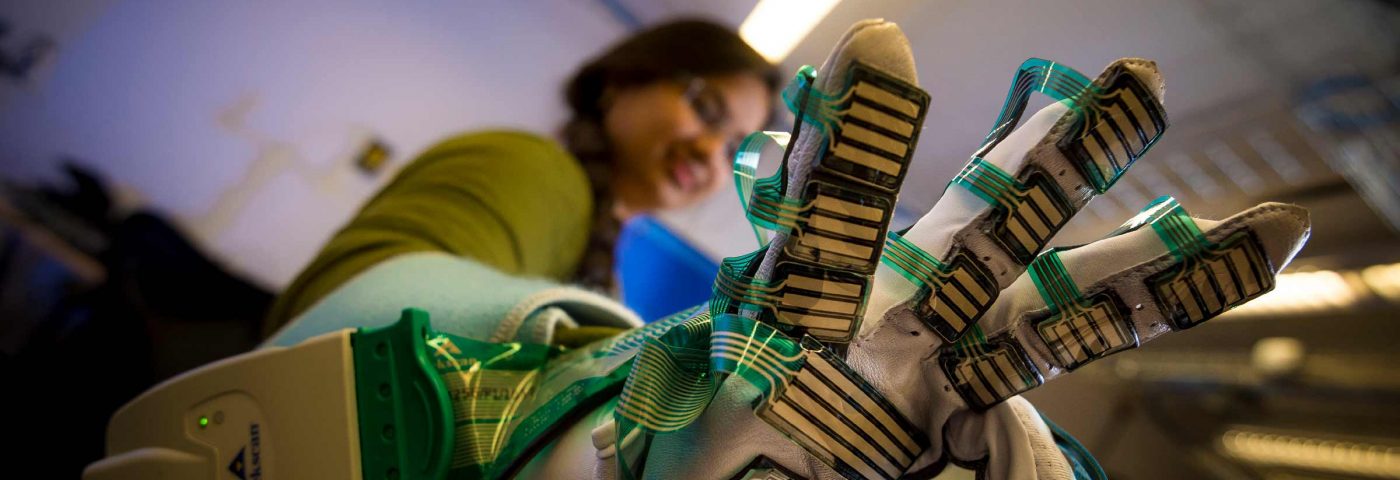Researchers at the University of California San Diego and Rady Children’s Hospital have developed a glove that uses robotic technology to accurately measure muscle stiffness during physical exams. This device may help improve the diagnosis and treatment of people with muscle stiffness caused by cerebral palsy (CP) and other diseases.
“Many clinical exams and procedures are very subjective and rely on measurements that are done with a physician’s hands,” Andrew Skalsky, director of rehabilitation medicine at Rady, said in a UC San Diego news release. “We often make major medical decisions and diagnoses based on touch and feel. With this technology, we can start to develop objective measurements for subjective processes.”
The standard method to evaluate spasticity is the Modified Ashworth Scale, a six-point rating scale that only subjectively measures this parameter and may provide different results among different doctors. The result of this test determines how much medicine patients get, but because these ratings are subjective, patients may receive too much or too little medication for their symptoms.
Patient feedback also interferes with dosing. “Sometimes, patients think that they aren’t getting enough medicine and end up being put on a higher dose than they should actually be on,” Skalsky said. “That’s thousands of dollars’ worth of medicine that could potentially be saved.”

The idea is for doctors to wear the new glove while holding and moving a patient’s limb back and forth. The device contains more than 300 sensors that measure the amount of force the doctor needs to use to move a patient’s limb. This data is then processed with computer algorithms that provide information; the more energy needed to move that limb, the more severe the limb’s stiffness is.
“We’re instrumenting the doctor instead of the patients,” said researcher Padmaja Jonnalagedda, who helped develop the algorithms. “It’s more convenient for patients to not have to wear all these sensors all over their bodies. It’s also more practical to equip just the doctor when you think about the large patient-to-doctor ratio, especially in developing nations or rural areas around the world.”
Researchers tested the glove’s accuracy with an artificial arm that mimics a patient’s arm movement —what researchers called a “mock patient.” This served as a control to validate that what the glove measured was a real number.
They also asked two doctors to rate five CP patients’ spasticity using both the Modified Ashworth Scale and then the glove. None of them knew about the other’s assessment results. The comparison showed that only 27 percent of the doctors’ ratings agreed with each other. However, they agreed on 64 percent of the measurements made by the glove.
“This number needs to be higher if we want to deploy our system for use in the hospital, but it shows better consistency than existing spasticity assessments,” said the project’s senior researcher, Harinath Garudadri.
The team now seeks doctors trained in spasticity assessment to test the system and provide feedback to improve use of the glove. Researchers are also examining the best way to incorporate sensors into the glove, while also improving the “mock patient” to further test their new device.

